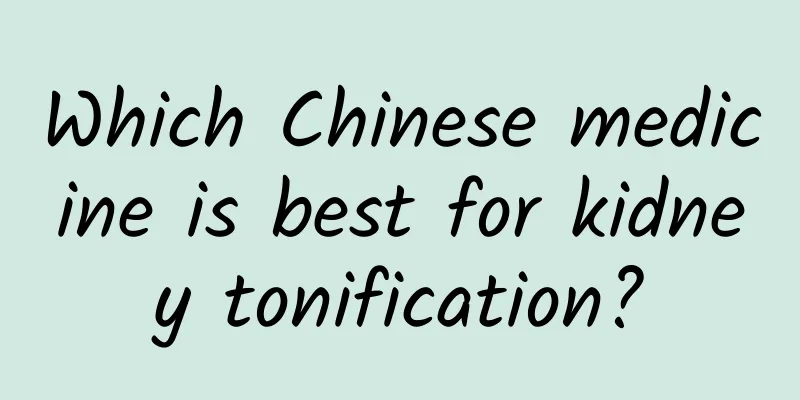The efficacy and function of taro

|
Taro is a kind of traditional Chinese medicine and is very helpful for many diseases. Let us give a brief introduction to water taro. [Other names] Water hyacinth, water lily [Source] Medicinal material source: The rhizome of Calla taro of the Araceae family. [Original form] Water taro, a perennial aquatic herb. The rhizome is creeping, cylindrical, up to 50 cm long, 1-2 cm thick, with numerous slender fibrous roots on the nodes. The scale leaves are needle-shaped, about 10 cm long and gradually pointed. The petiole on the mature stem is cylindrical, 12-24cm long, with a sheath at the bottom; the sheath is 7-8cm long, and the upper 1/2 or more is separated from the petiole to form a scale; the leaf blade is 6-14cm long, and the width is almost equal to the length, with slender lateral veins, all of which are solitary and curved upwards near the edge. Inflorescence stalk is 15-30cm long and 0.8-1.2cm thick; spathe is green outside and white inside, 4-6cm long and 3-3.5cm wide, with a pointed tip about 1cm long, which persists in fruiting period and does not increase in size; spadix is 1.5-3cm long, about 1cm thick in flowering period, with dense flowers and often sterile male flowers at the top; flowers are bisexual and without perianth; 6 stamens, short filaments, elliptical anther locules, opposite, shield-shaped, and laterally fissured; ovary is short oval, 1-chambered, and stigma is sessile. The infructescence is nearly spherical, and the berries are capitate-conical; most of the seeds are inverted and cylindrical-oblong. The flowering period is June-July, and the fruiting period is August. [Habitat distribution] Ecological environment: Grown below 1100m above sea level, often growing in patches in shallow waters such as meadows and swamps. 【Cultivation】 Biological characteristics: Prefers warm and humid climate. Avoid drought and tolerate waterlogging. It is advisable to choose low-lying land or paddy fields for cultivation. [Chemical composition] Taro contains chemical components with antibacterial activity. 【Functions and indications】It can dispel wind and dampness; detoxify and reduce swelling. Mainly used for rheumatic pain, edema, whitlow, osteomyelitis, and snake bites [Usage and Dosage] For oral use: decocted in water, 6-9g. For external use: take appropriate amount and mash it for application; or boil it in water for washing. 【Excerpt】 Chinese Materia Medica Through the introduction in the above article, I believe everyone has a certain understanding of water taro. Water taro has a great effect and is very beneficial to the human body. Therefore, everyone can choose water taro according to their physical condition, but it should still be done under the doctor's advice. |
<<: The efficacy and function of water elm
>>: The efficacy and function of water turtle
Recommend
Detailed effects of Asarum and Clove wine
Alcohol is a good solvent that can promote the di...
A great migration in the sky
“No migratory bird flies in a straight line” This...
What are the medicinal values of Ganoderma lucidum?
Ganoderma lucidum, also known as Haizhou Drynaria...
How to wash fresh ginseng
Although the price of ginseng has dropped now, it...
Frozen hands and feet may cause stroke! Remember the key points of prevention!
Under the influence of strong cold air After the ...
The efficacy and function of Phoenix tail bristle grass
Phoenix Tail Pig Bristle Grass is a very common C...
Tiny organisms have great potential and may help humans discover extraterrestrial civilizations
Can microbes communicate with alien species? Sunr...
National down jacket warning! Wear thicker clothes
From November 19 to 22, a new wave of cold air wi...
The efficacy and function of yellow peel leaves
Huangpi leaves are a common Chinese medicine. Hua...
The efficacy and function of duck feathers
Duck feathers have a long history, and up to now,...
A father and daughter in Zhejiang were both diagnosed with this cancer! They had symptoms early on, but didn't take it seriously...
Colorectal cancer (i.e., large intestine cancer) ...
Snake Gallbladder and Tangerine Peel Oral Liquid
Snake Gall and Tangerine Peel Oral Liquid? For us...
The efficacy and function of lotus
Traditional Chinese medicine has a history of tho...
Weather satellite: predicting wind, frost, rain and snow
Among all kinds of satellites, there are some tha...



![[Body Wandering] Why do we work so hard but still get nothing?](/upload/images/67effb18d0c41.webp)





